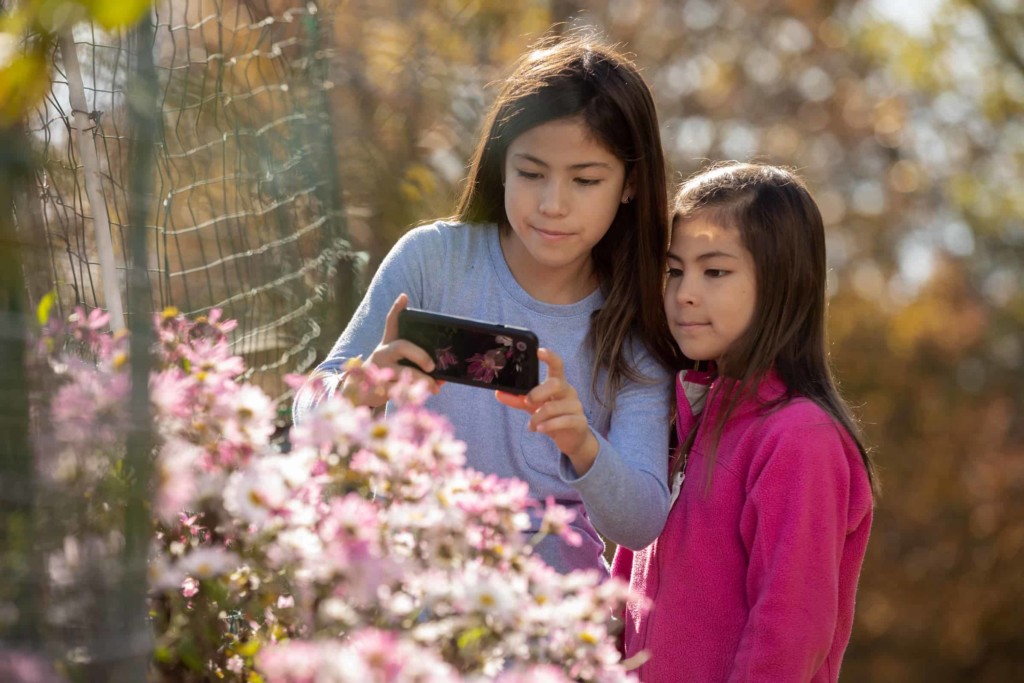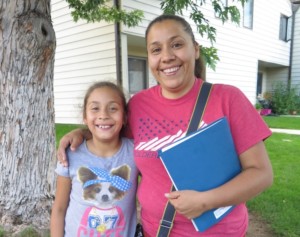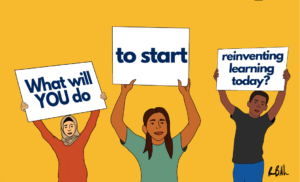Dive Into a Virtual Ocean and Three Other Ways Young People Can Experience the Wonder of the World This Earth Day

What if you could celebrate Earth Day by taking your students on an adventure to the Galapagos Islands, where they could dive deep into the ocean to see underwater mountains? What if your students could ask marine biologist and National Geographic Explorer Salome Buglass about how she surveys these landforms that rise from the ocean floor? What if I told you all of this was possible through a Virtual Field Trip?
Game-changing tools and resources like Virtual Field Trips are helping young people experience the wonders of our world no matter where they are learning this Earth Day — at home, in the classroom, or anywhere in between. These tools can help educators kindle in their students a deep appreciation for the planet and an understanding of the important role they play in improving it.
Let’s say that your students are learning about the ocean—one of our planet’s most precious natural resources. To celebrate Earth Day, the National Geographic Society has developed free resources and experiences to help educators enable learners to dive underwater and discover the blue beating heart of our planet in powerful ways, even if they live nowhere near a coastline. Here are some engaging and impactful ways to spark curiosity in your students to learn about this remarkable natural wonder.
Take a virtual field trip: This week, National Geographic Explorers Salome Buglass, Brian Skerry, and Sruthi Gurudev are co-hosting a Virtual Field Trip underneath the sea. In this free online video, learners can virtually swim with whale pods, investigate underwater mountains in the Galapagos Islands, and learn how eco-journalism is empowering youth to drive solutions to crises facing our ocean. This adventure encourages young people to develop an explorer’s mindset:learning about the world, how it works, and how they can make a difference.
Interact with National Geographic Explorers in real time: An explorer’s mindset is driven by an insatiable curiosity that prompts young people to ask important questions such as, “What impact does human behavior have on the ocean and its inhabitants?” Learners can get answers to these questions in real time from renowned experts during Explorer Classroom—live, interactive video talks on YouTube that connect young people with National Geographic Explorers as they share their experiences and adventures in the field. Register your class for a special Earth Day event to learn how marine sanctuaries can preserve and improve the health of vital ecosystems in the ocean. And following the event, check out our event guide, which helps students, educators and families make the most out of the experience.
Explore with citizen science apps: Interactive apps can transform young people’s personal devices into tools that help them conduct real scientific research and make a positive difference for the planet. This Earth Day, learners can join the Restoration and Recovery Challenge, available through a free app called Seek, to explore, observe, and analyze the world around them. Learners are encouraged to be citizen scientists, use their cell phones to observe litter in their environment, and take action to reduce household waste that would otherwise find its way into the ocean. Another free citizen science app, iNaturalist, helps young people identify organisms using a cell phone camera and connects them with a community of over a million scientists and naturalists working to better understand and protect nature. Becoming a citizen scientist is a great way for young people to contribute to scientific research and make a difference.
Dive into maps, books and articles: While edtech tools can help create powerful Earth Day learning experiences, it’s critical that they’re complemented by low-tech and no-tech options that offer equally high-quality learning to all students. Explore a wealth of books, articles and maps that can engage young people of all ages about the ocean for Earth Day—none of which requires a device or Internet connection.
No matter where students are in the world, they can still discover and learn about the Earth—all of its beauty, mysteries, and complexities—using engaging resources that ignite their curiosity and wonder. As Salome says, “There is literally an entire world out there that still needs exploring.” In doing so, educators can also encourage young people to build empathy for the Earth and understand how they can build a healthier, thriving planet. That is truly something to celebrate.
For more, see:
Vicki Phillips is Chief Education Officer at the National Geographic Society. Follow her at @DrVickiP.
Stay in-the-know with innovations in learning by signing up for the weekly Smart Update.







0 Comments
Leave a Comment
Your email address will not be published. All fields are required.